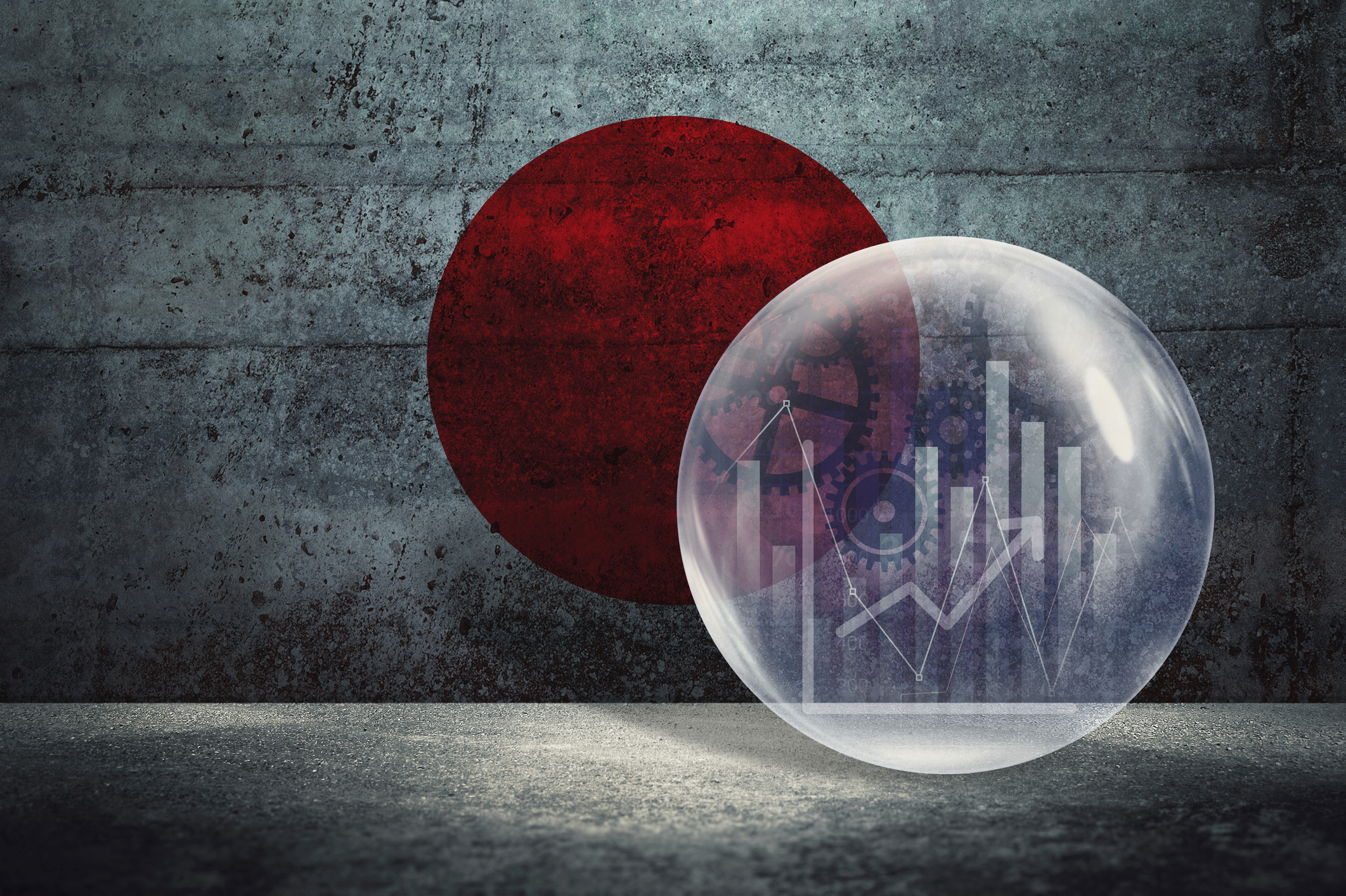The Fed's Risky Inflation Strategy
Can the Fed engineer both low unemployment and low inflation?

Are you kidding me? The Federal Reserve is worried about deflation? Shouldn't the monetary gurus be wary of inflation? Especially in light of the billions in Treasury bonds the central bank has purchased and plans to continue to buy in the coming year? Nope, the Fed says. Odds that a weak economy stuck in low gear will topple into another recession remain too high.
Could happen, says Diane Swonk, chief economist with Mesirow Financial. She points out that inflation, excluding food and energy, is running only about 1.6% annually, according to a yardstick the Fed watches. That's a yellow light, not yet a red one. Says Swonk: "The Fed is desperately trying to learn from the mistakes of other banks, most notably the Bank of Japan, and not tighten too soon."
Japan has suffered through most of the past 20 years with little or no economic growth. In an attempt to avoid a similar lost-decades scenario, Fed Chairman Ben Bernanke is putting the central bank on the more-jobs side of the inflation/employment balancing act. He's willing to tolerate increased prices if that's what it takes to lower the unemployment rate. It's a high-risk strategy, though; history shows few examples of the Fed stepping in at just the right time to nip inflation in the bud. Bernanke & Co. say it will be different this time, that the Fed will keep interest rates at rock bottom, enduring inflation up to 2.5%, but no more, as it strives to bring unemployment down. Now at 7.7%, the national jobless rate the Fed is aiming for is about 6.5%.
From just $107.88 $24.99 for Kiplinger Personal Finance
Become a smarter, better informed investor. Subscribe from just $107.88 $24.99, plus get up to 4 Special Issues

Sign up for Kiplinger’s Free Newsletters
Profit and prosper with the best of expert advice on investing, taxes, retirement, personal finance and more - straight to your e-mail.
Profit and prosper with the best of expert advice - straight to your e-mail.
Heads turned a few months ago when Bernanke merely said that the Fed wouldn't raise interest rates at the first sign of falling unemployment. He noted that the jobless rate would need to go lower and stay low for some months, but refrained from suggesting a specific rate. Now we know that he had 6.5% in mind.
But what if inflation bubbles up while the jobless rate never hits the Fed's target? What if unemployment barely budges? If, after years of an agonizingly slow, mediocre recovery, inflation threatens to approach 3%, will the central bank boost interest rates amid a chorus of protesting voices that insist we can live with inflation at that level, too?
All in all, setting specific targets is a bad idea, says John Silvia, chief economist with Wells Fargo Securities. "Where's the research that says that the Fed policy can bring about 6.5% unemployment? Or 5%? The number is totally arbitrary."
But setting such a specific target is consistent with Bernanke's efforts to bring transparency to the central bank. With periodic press conferences, town hall meetings and TV interviews, he has tried to explain, for example, why the central bank is well on its way to buying $3 trillion of Treasuries and other long-term debt to prevent the economy from imploding -- a policy that critics say will result in an explosion of inflation.
One thing is clear: Bernanke is pursuing a course that is the opposite of what the Fed did during the 1930s, when tight monetary policy helped turn a recession into the Great Depression and ended up in the history books as a big mistake. "Whatever it takes" has been Bernanke's consistent answer over the past few years to the question of what the Fed will do to shake off vestiges of the last recession. Setting specific unemployment and inflation targets is just the latest tactic. According to Swonk, it’s "an historic move for historic times."
Profit and prosper with the best of Kiplinger's advice on investing, taxes, retirement, personal finance and much more. Delivered daily. Enter your email in the box and click Sign Me Up.

-
 Nasdaq Sinks 418 Points as Tech Chills: Stock Market Today
Nasdaq Sinks 418 Points as Tech Chills: Stock Market TodayInvestors, traders and speculators are growing cooler to the AI revolution as winter approaches.
-
 23 Last-Minute Gifts That Still Arrive Before Christmas
23 Last-Minute Gifts That Still Arrive Before ChristmasScrambling to cross those last few names off your list? Here are 23 last-minute gifts that you can still get in time for Christmas.
-
 The Rule of Compounding: Why Time Is an Investor's Best Friend
The Rule of Compounding: Why Time Is an Investor's Best FriendDescribed as both a "miracle" and a "wonder," compound interest is simply a function of time.
-
 What to Expect from the Global Economy in 2026
What to Expect from the Global Economy in 2026The Kiplinger Letter Economic growth across the globe will be highly uneven, with some major economies accelerating while others hit the brakes.
-
 Amid Mounting Uncertainty: Five Forecasts About AI
Amid Mounting Uncertainty: Five Forecasts About AIThe Kiplinger Letter With the risk of overspending on AI data centers hotly debated, here are some forecasts about AI that we can make with some confidence.
-
 Worried About an AI Bubble? Here’s What You Need to Know
Worried About an AI Bubble? Here’s What You Need to KnowThe Kiplinger Letter Though AI is a transformative technology, it’s worth paying attention to the rising economic and financial risks. Here’s some guidance to navigate AI’s future.
-
 Will AI Videos Disrupt Social Media?
Will AI Videos Disrupt Social Media?The Kiplinger Letter With the introduction of OpenAI’s new AI social media app, Sora, the internet is about to be flooded with startling AI-generated videos.
-
 What Services Are Open During the Government Shutdown?
What Services Are Open During the Government Shutdown?The Kiplinger Letter As the shutdown drags on, many basic federal services will increasingly be affected.
-
 The Economy on a Knife's Edge
The Economy on a Knife's EdgeThe Letter GDP is growing, but employers have all but stopped hiring as they watch how the trade war plays out.
-
 Apple Readies for AI Upgrade with New iPhones
Apple Readies for AI Upgrade with New iPhonesThe Kiplinger Letter The tech giant has stumbled when it comes to artificial intelligence, but a new batch of iPhones will help it make headway.
-
 Japan Enters a New Era of Risk and Reform
Japan Enters a New Era of Risk and ReformThe Kiplinger Letter Japan has entered a pivotal moment in its economic history, undertaking ambitious policy and structural reforms to escape from decades of stagnation.